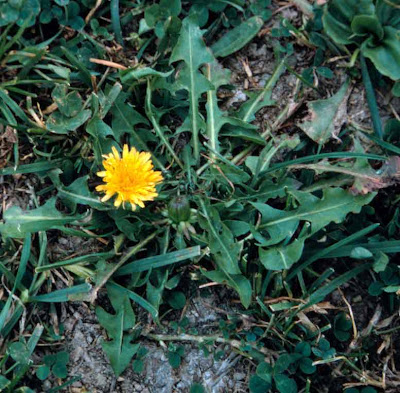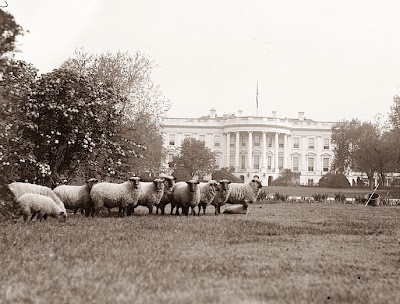 |
| Local green onions and radishes at the Memorial Day Auction. |
Summer may not be officially here on the calendar but with the recent heat––and that big glowing ball in the sky––hay fields buzzing with mowers, schools adjourned, and early summer fruits and vegetables available, it may as well be! For the next five months––June through mid-October––the Casey County Produce Auction will hold produce auctions every Monday and Wednesday at 2pm and Thursdays at 5pm, through October 15. [After that, the fall schedule changes somewhat.] This is a great opportunity to buy fresh picked (that morning!) local Casey County produce of various offerings. You never know what you'll find but you can be sure to count on certain items in season.
Many local produce markets also buy and resell from this auction so it is your chance to buy at the same prices they pay, often at wholesale prices––unless something is so desired, like flats of the first strawberries several weeks ago from Mose Shirk that went for $7.50 a quart! Often, if there is too much of one item, you'll find other people will want to buy from you directly or split the cost.
 |
| You may be lucky to still get asparagus. |
Like everything else, it is supply and demand: if there is a huge amount of a particular item, you are likely to get it for less. It all depends on who else is there to bid. You never know at an auction and that's much of the fun of it. [We're going on Wednesday in hopes of getting a good haul of rhubarb for the freezer, jam and a few pies.]
For more information about the Casey County Produce Auction, click here. There is also a concession stand that sells hamburgers and delicious soft serve ice cream and on Thursdays there is also a fish fry.
We will post photos of produce in season on a weekly basis. Come on down to South Fork Creek for the afternoon, get some beautiful produce and have a cone!


























